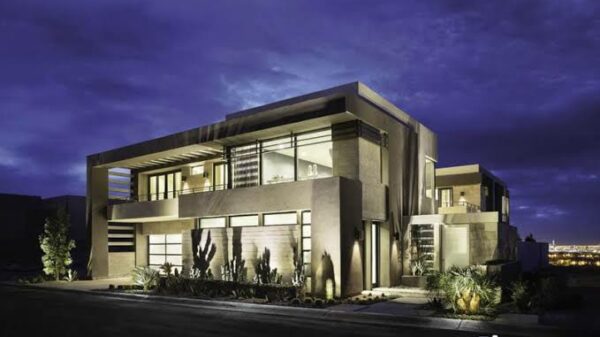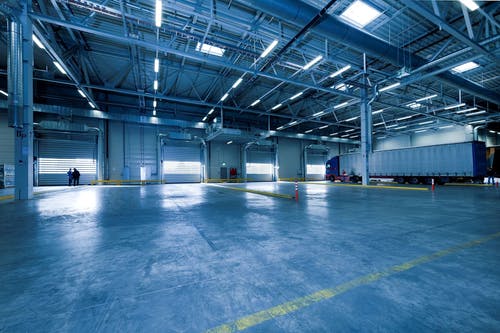Production companies need top quality lighting systems because good industrial lighting reduces the number of workplace accidents. Since most occupational injuries result in damage claims and lawsuits, acquiring top quality high bay lighting fixtures can save your company from costly settlements and possible bankruptcy.
High bay lighting market is quickly shifting to LED technology. New LED lamps offer great ROI because they come with sensors and controls that help companies reduce their energy consumption. LED lighting technology is also constantly improving, and the latest high bay lighting fixtures minimize contrast, reduce glare and meet safety requirements even for the most hazardous work environments.
Because of the fast advance of LED technology, lighting designers have a wide variety of different design schemes and emitters to choose from. Basically, they are trying to find a cost-effective solution that meets high-output lumen requirements, simplifies heat-management and delivers the right amount of light to every corner of the hall. This quest is usually separated into 7 equally important phases:
Defining lighting requirements
Lighting requirements depend on the hall in which lighting will be placed, as well as on the work processes that are going on inside. Most high bay lighting fixtures in commercial and industrial buildings should have:
- Minimum light output of 10,000 lumens;
- Zonal lumen density greater or equal to 30 percent;
- Minimum luminal efficiency of 80 Im/W;
- Allowable CCTs that are smaller or equal to 5,700K;
- Minimum CRI of 70;
- 35,000 hours of L70 lumen maintenance;
- Warranty of at least five years.
Defining design goals
Each lighting system should have several major goals. These goals should be centered on characteristics, and they should include: power, lumen, luminal efficiency, CCT, CRI, energy efficiency and power factor. The combination of these goals should create a unique combination that will completely match company’s lighting needs.
Estimating efficiency: optical, thermal and electrical systems
Placing powerful LED lighting requires an adequate optical and electrical support. For this reason before choosing appropriate systems, designers need to make accurate estimates on cable conductivity and amperage.
Calculate the optimal number of LEDs
When doing this calculation, the designers need to rely on design goals, but they also need to take into consideration the efficiency estimate, especially when it comes to estimated energy losses.
Which LED lamps to choose?
In this phase, the designers should choose the appropriate type and brand of LED lamps. They should focus on lamps’ specs and match them with design goals. It is also important to choose lamps from well-known manufacturers. IndustraLight LED high bay lights and other branded lamps commonly come with better quality, regular maintenance and extended warranty, which is why they are always a better choice than lamps from unknown manufacturers.
Considering design possibilities and choosing the adequate one
Since LED technology completely changed industrial lighting, assumptions that work for conventional lighting in most cases can’t be applied to LED lighting systems. For this reason, many lighting designers that opt for high bay LED lighting fixture need to draw their own design schemes.
Final steps
Final steps include: drawing power circuit, testing design choices and building a luminaire prototype, refining luminaire design and making sure that it achieves all the design goals.
When it comes to industrial lighting, entrepreneurs should also think about their employees. Adequate lighting enables them to conduct their tasks faster and more accurately, it also makes them more relaxed and focused, and it reduces the overall amount of work-related stress.
At the end of this process, entrepreneurs will have an appropriate lighting system that will increase their production lines’ efficiency and reduce their companies’ energy consumption. This way they will be able to save money and invest in further development of their businesses.
Lillian believes that the question of business goes far beyond the maximization of profit through different money-grabbing ploys. Instead, she likes to think that ethical principles should be at the core of every commercial venture, paving the way for much more balanced distribution of wealth on a global scale. As a seasoned business consultant, she tends to advise her clients to always focus on long-term goals and sustainability, rather than on some questionable get-rich-fast schemes.rn
























































































































































































